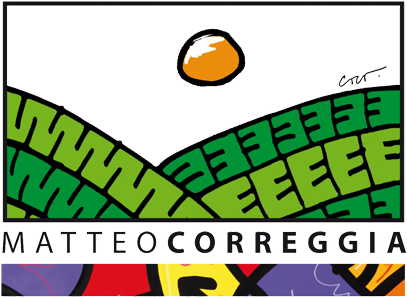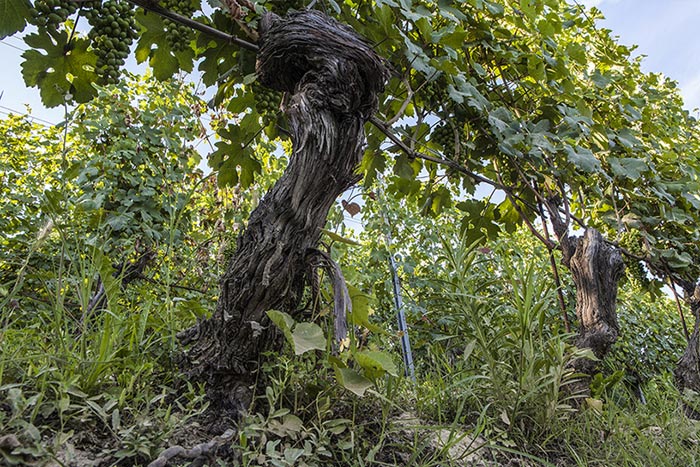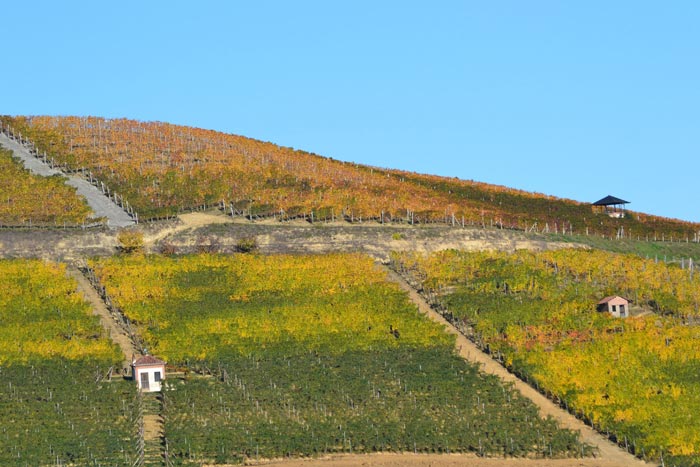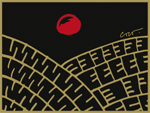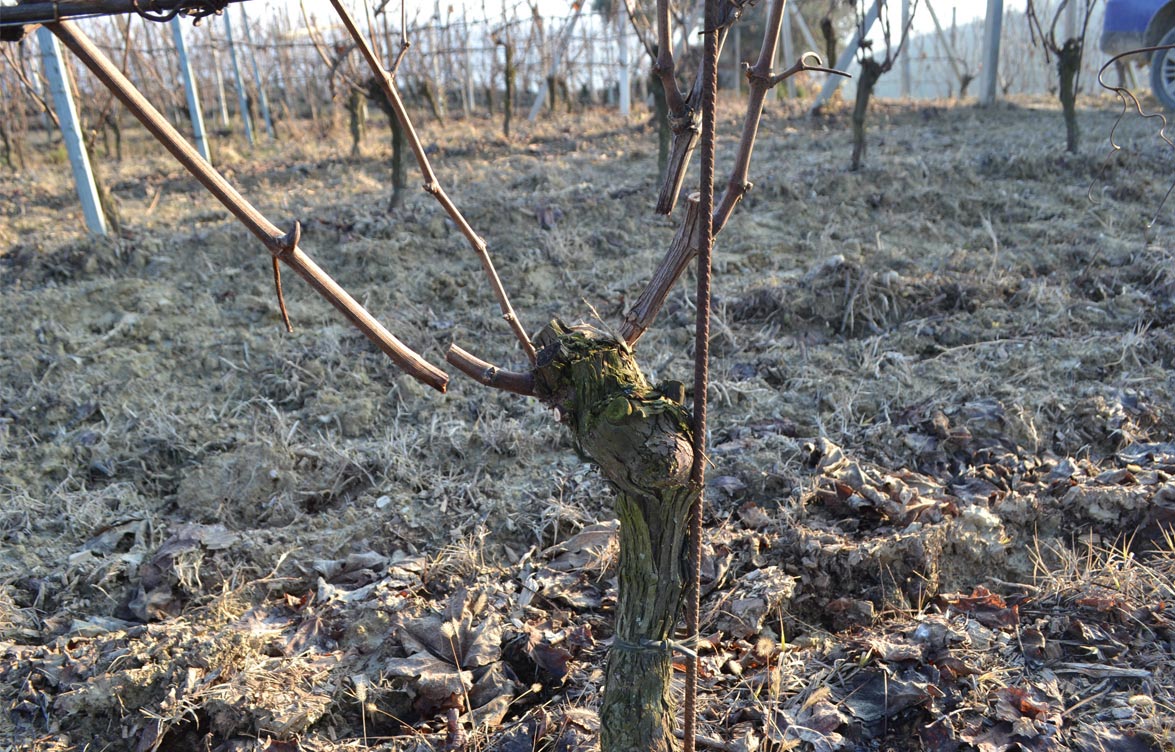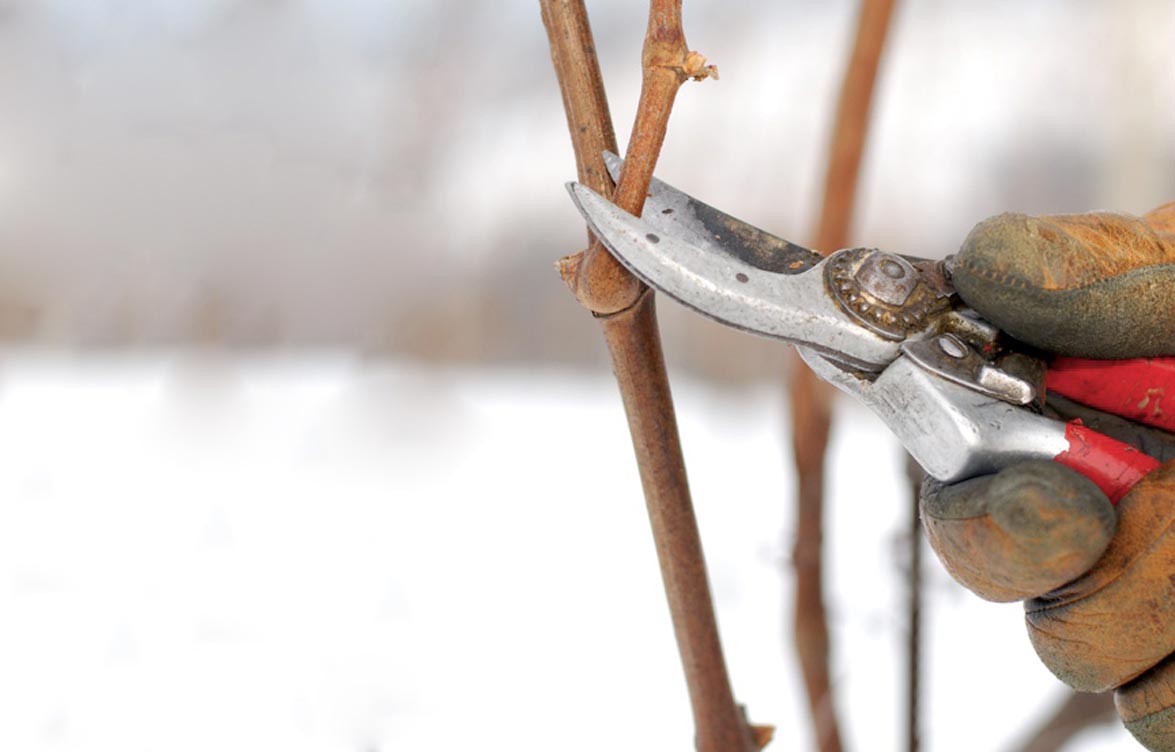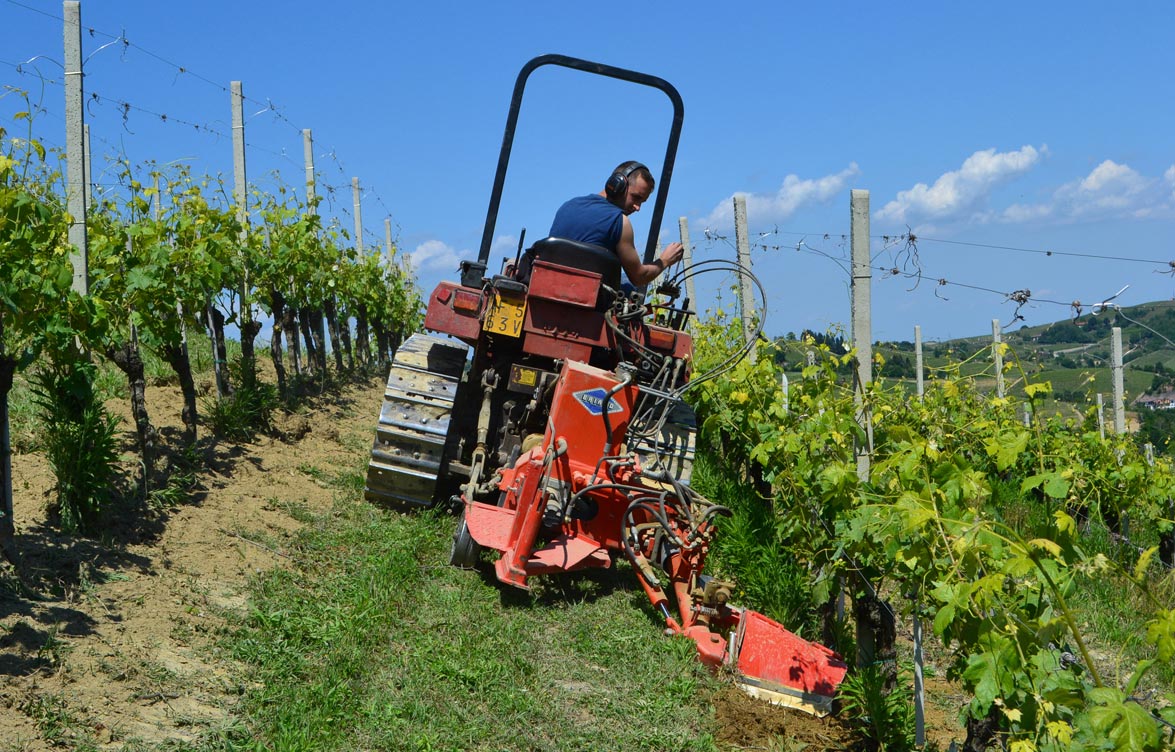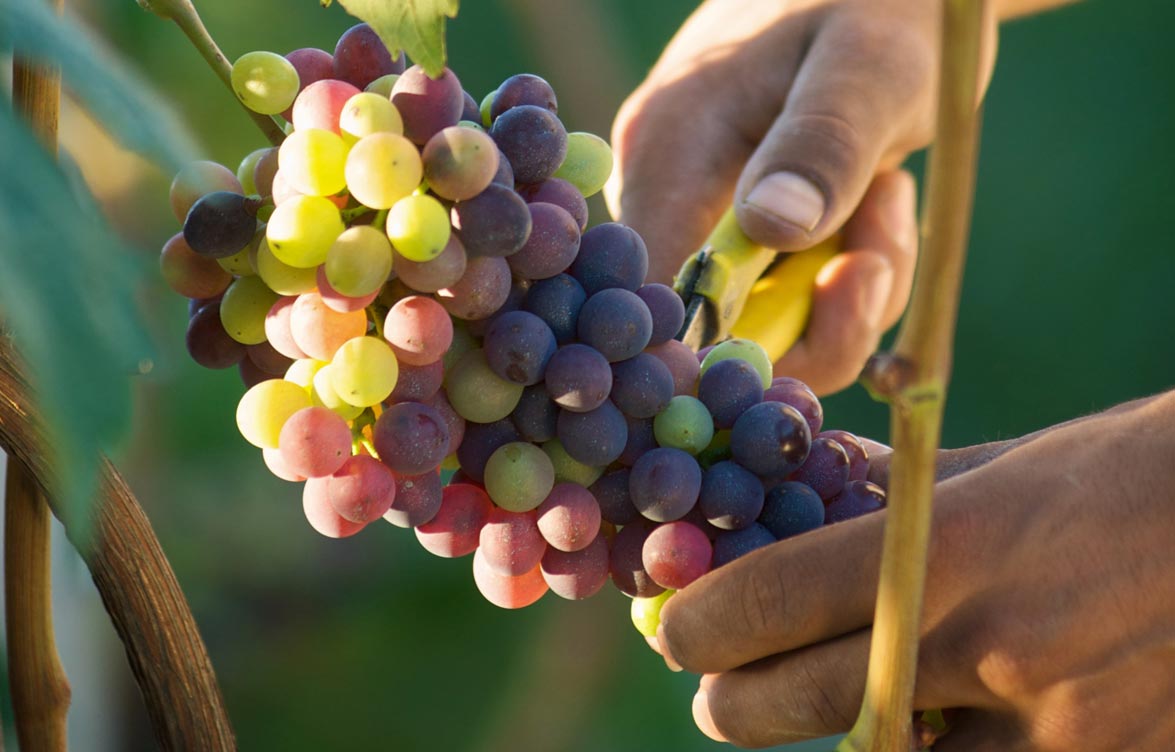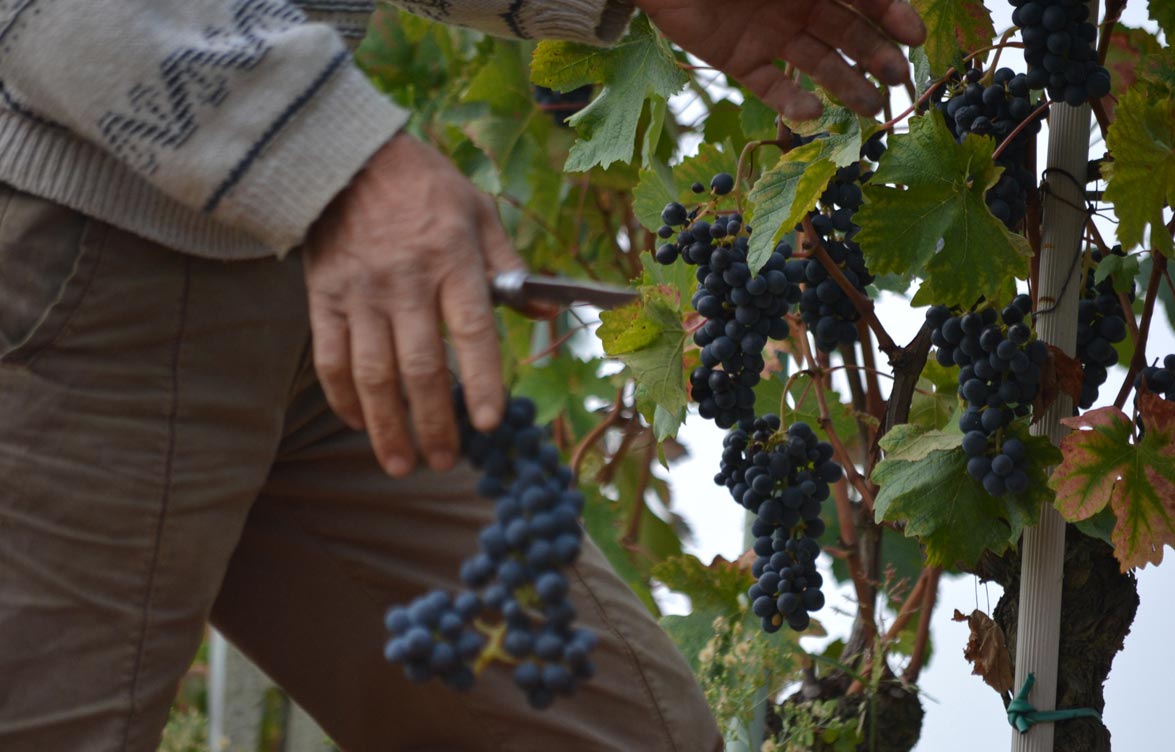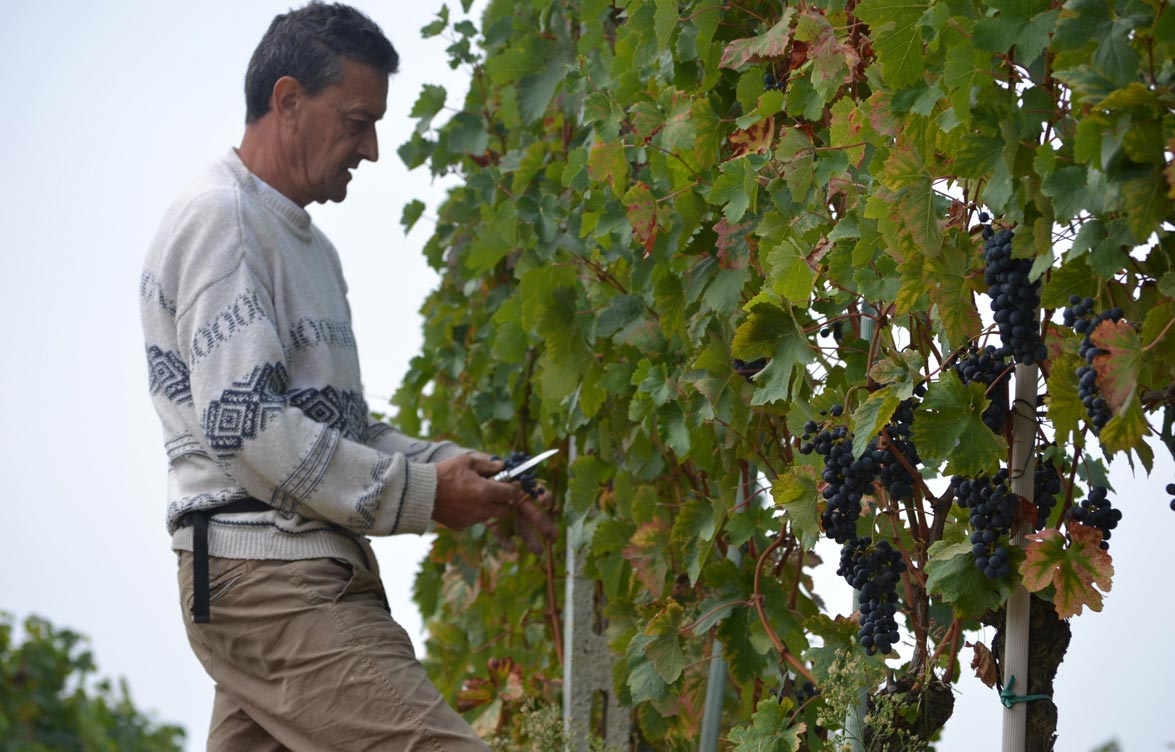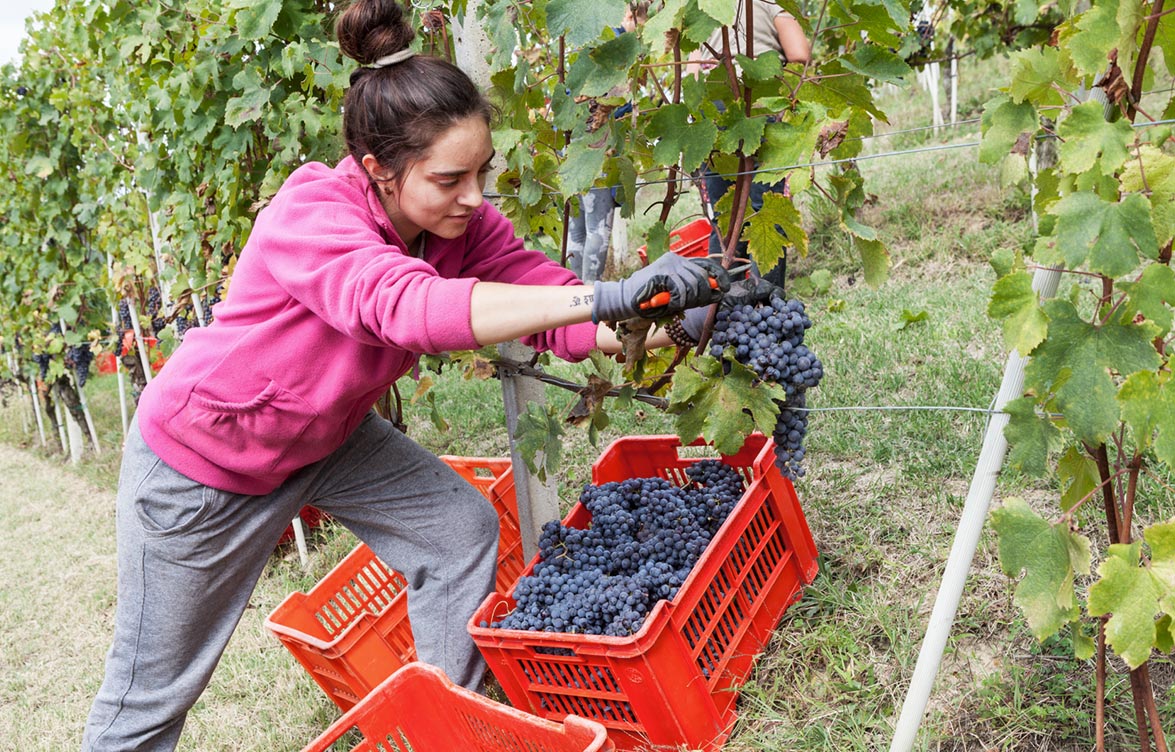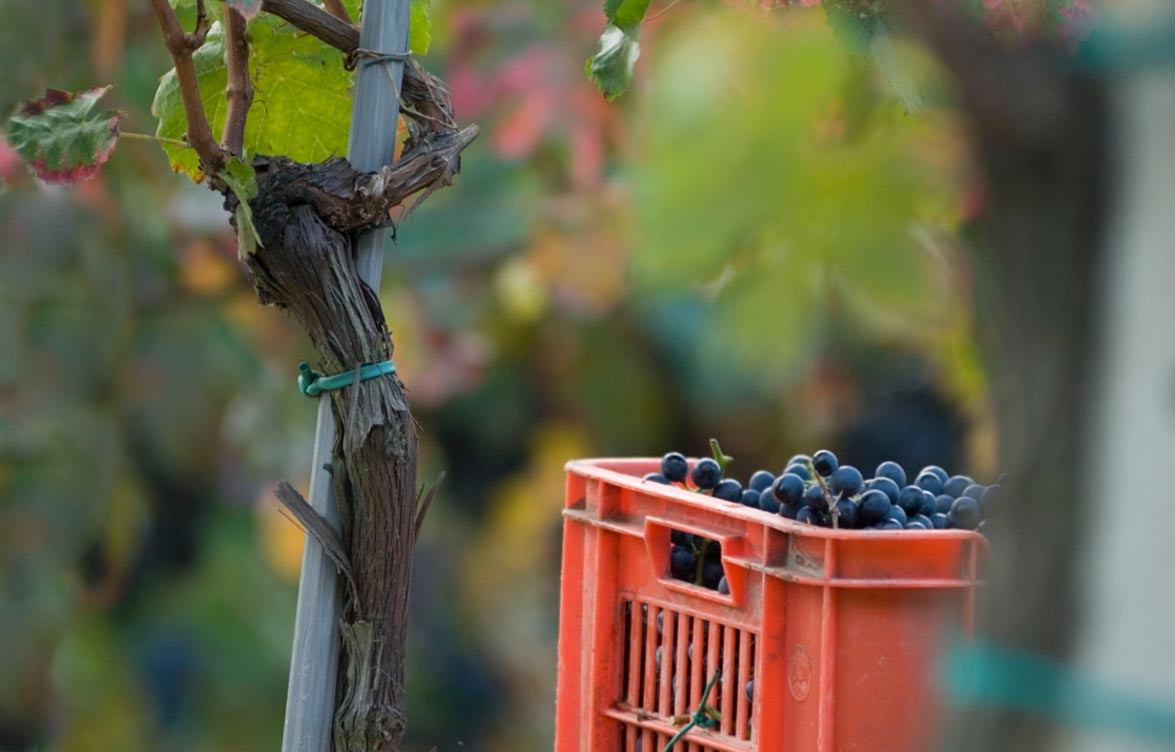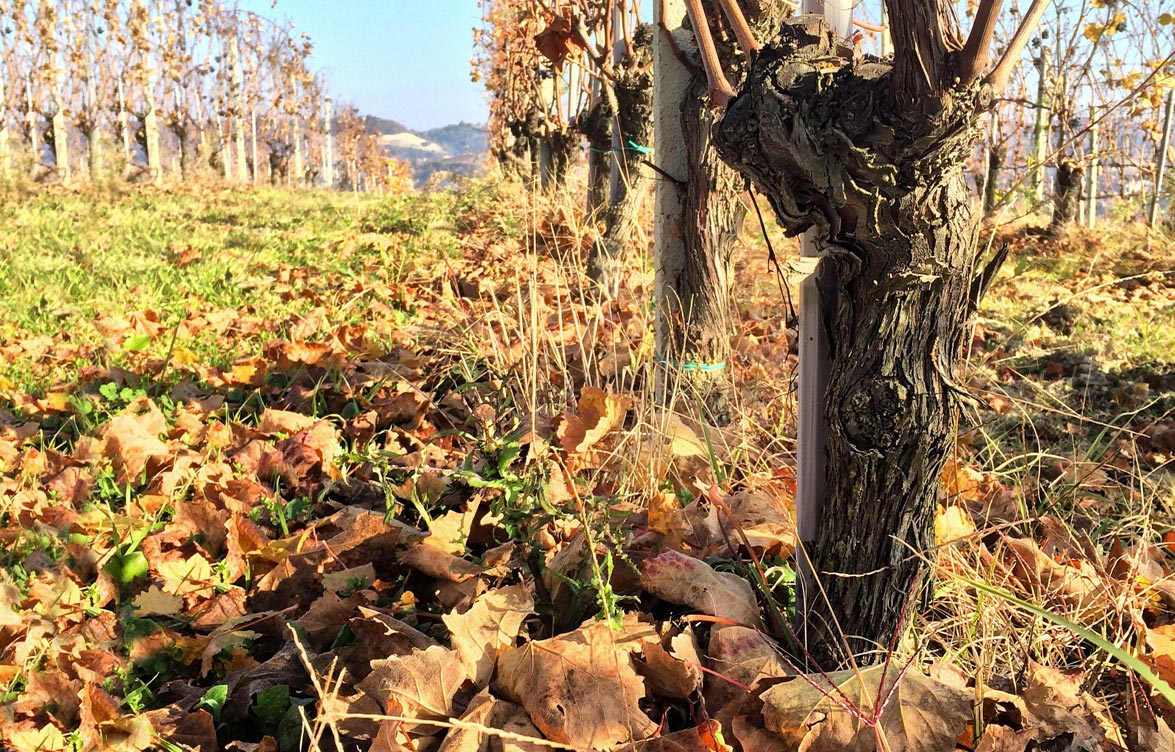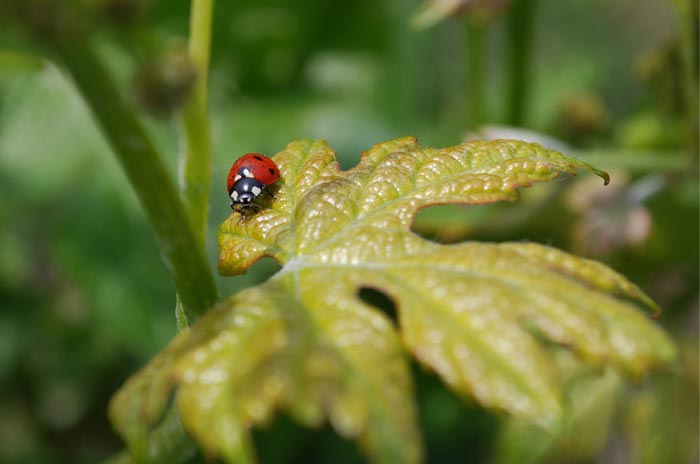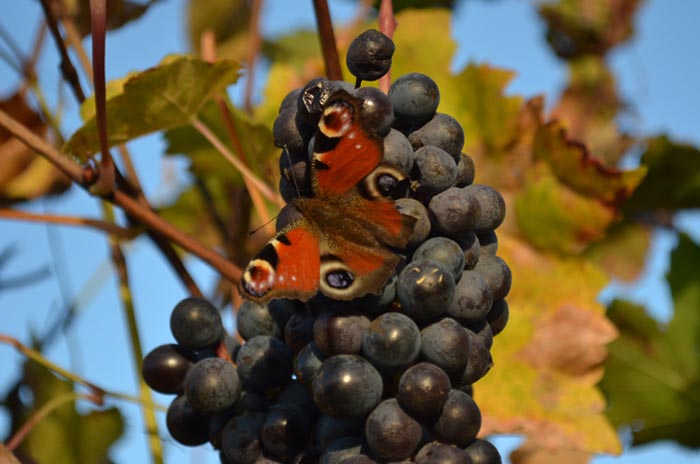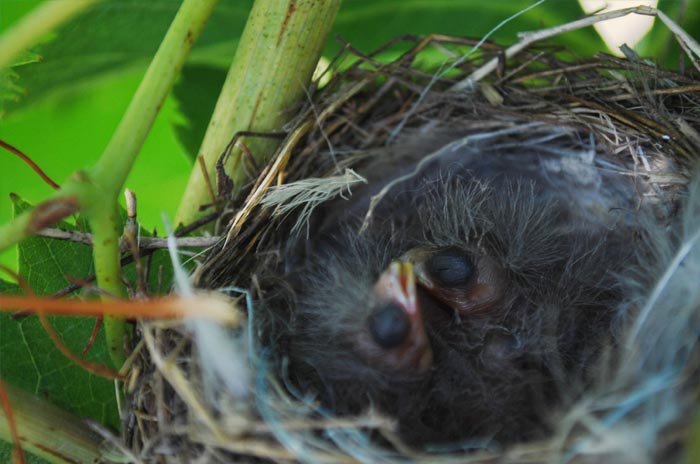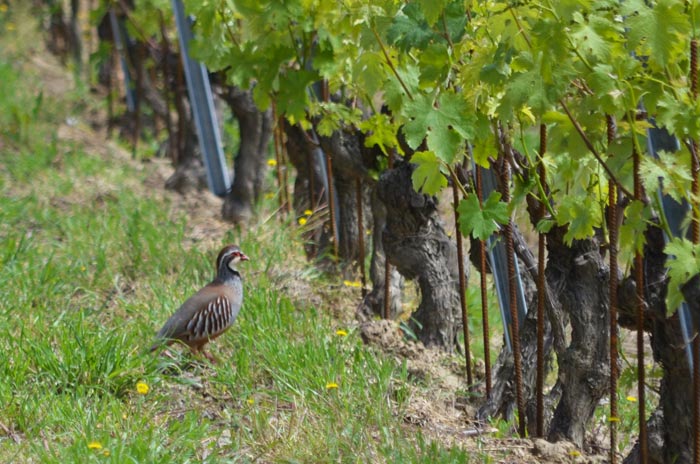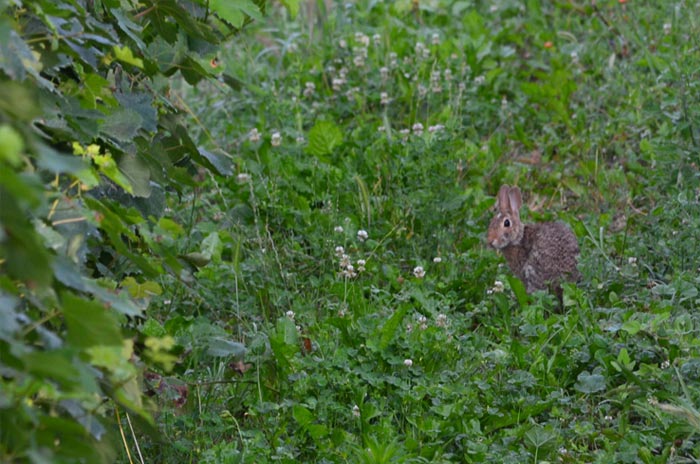The vineyards

We produce our wine from grapes cultivated on 20 hectares of directly managed vineyards. Our wines interpret our territory in all its nuances.
We produce our wine from grapes cultivated on 20 hectares of directly managed vineyards. Our wines interpret our territory in all its nuances.
The Roero region has very different territories that include the wild beauty of the Rocche, hills slopes with their regular vineyards, secular chestnut woods, orchards, forests and fields. Vineyards and wine-growing harmonically fit in this ecosystem without altering the natural environmental balance.
Position and history
The little valley was originally called “Valle del Prete” (Valley of the Priest) named after the rector of the church of San Michele di Anterisio. The name dates back to the period preceding 1257, when this area was conquered by the people of Asti and the original inhabitants had to move to the “villanova” (new town) of Canale. As a consequence the church of San Michele lost its territories and its functions, which were in a first moment assigned to the parishes of Santo Stefano and Canale. The real estate registry of 1760 keeps track just of the place name of this area, which became “La Valle dei Preti”, but it didn’t register any ownership belonging to the above mentioned churches.
Baldassarre Molino, historian of Canale d’Alba
The vineyard is very old and traditionally consists of different grape varieties: 15% are Arneis and 5% are Brachetto and Barbera. A very important characteristic of this vineyard is the reproduction by vegetative propagation of lots of vines. It is possible to see the underground branch generating the second plant.
Altitude: from 260 to 290 m
Exposure: east/ south
Position: the vineyard is in the lowest hillside in comparison to the Marun
Age: 50 years, 80 in some of the vineyard’s parcels
Soil: 65% fine sand, 4% coarse sand, 29% silt, 2% clay
The vineyard extends over an area wedged in the Rocche. The most remarkable feature of the area is the growth of Scots pines. Some documents dating back to 1242 read that family “de Peceto” had to pay the usual feudal taxes to the Lords of Loreto and also had to provide them with labour force for harvesting, a day’s work for haymaking and for crop harvesting, and 12 days in the vineyards, confirming wine-growing activities in the area. As a matter of fact in 1337 Franceschino Malabaila purchased for the price of 3 lire a vineyard situated in “Pecetto de versus Valem Borghayronum”. It is a valley that delimits the local mountains towards the west and forms an area known as “Le Roche d’an Psei”, meaning word for word “Le Rocche di in Pecetto”.
Altitude: from 280 to 315 m
Exposure: from east to south-west
Position: in the middle part of the hill, in a particularly warm area
Average age: 50 years , with a younger plot of 20 years
Features: the vineyard is split into four parcels, whose grapes are separately processed- Scaglia, Centrale, Cisterna, Sottostrada.
Soil: 25% fine sand, 42% coarse sand, 29% silt, 5% clay
It is assumed that the name (English: brown) originates from a dialect word of the Piedmont region used to describe the complexion or the grouchy character of the original owner.
In the oldest part of the vineyard the spacing between plants is traditionally wider (80 cm). Since 2011 the fertility of our soils allowed us to test closer plant distances and to plant more vines per hectare. The plant density passed from 5000 to 8000 vines per hectare in order to increase their competition and control the strength of Barbera vines. In doing so the vines produce fewer grapes, but those that are produced are of higher quality.
Altitude: from 290 to 310 m
Exposure: east/ south
Position: the vineyard is on top of the hill, probably one of the highest areas of Roero territory. The windy position provides a healthy microclimate for the grapes.
Average age: 40 years
Soil: 64% fine sand, 4% coarse sand, 30% silt, 2% clay
This vine variety challenges Arneis, the white grape variety of the region par excellence. Matteo took a challenge and decided to confront it not just the native white wines but the Sauvignon wines worldwide. Our Sauvignon grapevines produce a wine that reminds us of long journeys abroad, great challenges, wine passion, curiosity and perseverance. A wine dedicated to Matteo. The oldest vines date back to 1993. The first official vintage was in 1999.
Altitude: from 235 to 270 m
Exposure: east
Position: low altitude, exposure towards the east and protection provided by the hill “collina delle Anime”. All of these factors shield the vines from sunlight in the hottest summer hours and allows for the very delicate grape clusters to avoid heat stress.
Average age: 20 years
Soil: 70% fine sand, 25% silt, 5% clay
Matteo has successfully met his challenge of producing both this red wine and the Sauvignon in this area.
Le Marne grigie (English: the gray marls) originates from the deepest subsoil layer and bridges the international grape varietes with the local territory’s characteristics.
This wine is the result of Matteo’s talent and ability to interpret and convey the spirit of the gray marls of the Roero.
Altitude: from 305 to 316 m
Exposure: west
Position: the vineyard is on top of the hill
Features: the plants are trained by spurred cordon
Soil: 69% fine sand
Philosophy in the vineyards

The Roero region has historically been devoted to the production of bulk wines. To guarantee an acceptable quality also in unfavourable years, winemakers planted more grape varieties in the same vineyard in a quite chaotic fashion, thus resulting in a reduction of wine quality.
As a consequence, after the acquisition of the vineyards, our company proceeded to remove and plant vines according to the exposure of the grape varieties.
Vine training systems:
Vertical trellised, Guyot method and for Le Marne Grigie spurred cordon method.
Soil preparation
Cover cropping: because of slopes and sandy soils, our vineyards are completely covered with grass and are ploughed in alternate rows during the autumn. After shredding and chopping, grass and pruning residues are left on the ground to protect and enrich the soil. The shredding under the trellis is accomplished mechanically.
Pruning is exclusively carried out manually. The cane pruning is typical for this area: it keeps the stump alive and avoids necrosis which stops the sap from flowing in the plant.
Winter pruning is usually carried out in February, during the winter dormancy of the plants. When the grapevine restarts its life cycle the “weeping period” begins. Water flows from the roots to the shoots and the sap concentrates where the canes were pruned.
Between February and March the fruit canes are bent over the wires. Every new sprout grows vertically, becomes a shoot and produces grapes.
During the spring and summer months the leaf coverage has to be monitored to avoid excessive shadowing or heat stress for the young grape clusters. Already during the veraison phase, pruning a part of the clusters is necessary to select the best fruits that the plant will bring to perfect ripening.
The harvesting of grapes is accomplished exclusively manually by trained personnel, who select the grapes and put them in little boxes. Although this process is more demanding and time consuming, hand harvesting is indispensable to guarantee healthy and unspoiled grapes for wine-production.
Why organic?

Because we believe that respecting nature is an indispensable condition for those who have the privilege to work the land;
Because we believe that we have the duty to offer our clients wines produced according to environmental sustainability to protect their health, our land and our workers;
Because we firmly believe that sustainability is not just respecting the environment but also the animals and the ecosystem living in our hills;
Because we believe that we have the duty to take this land as a gift, respecting and protecting it for the benefit of future generations as we received it from our predecessors.
Because fertilisation with organic products, natural treatments against diseases and continuous research to foster the health of our grapevines is not an obligation or a burden but a conditio sine qua non;
Because the view from these hills is so beautiful you can’t do without it!
Wine-making starts in the vineyard. In the last weeks before the harvest we spend a lot of time in the vineyards tasting the grapes and watching the leaves and the grass surrounding the vines: Nature has a voice and analyzing the information it sends enables us to understand if the vine is still working or if time has come to harvest it.
Creating a direct relationship with the grapevine means examining the coming weather conditions and the plant’s evolution during the previous years in order to better understand what the vine needs, in order to be able to foresee how wine production will go in the future and to help prevent possible risks.


